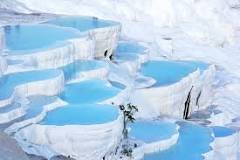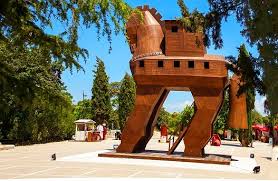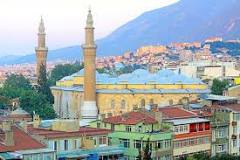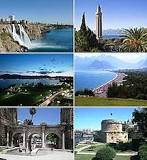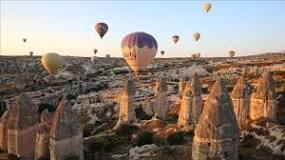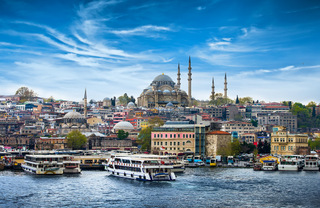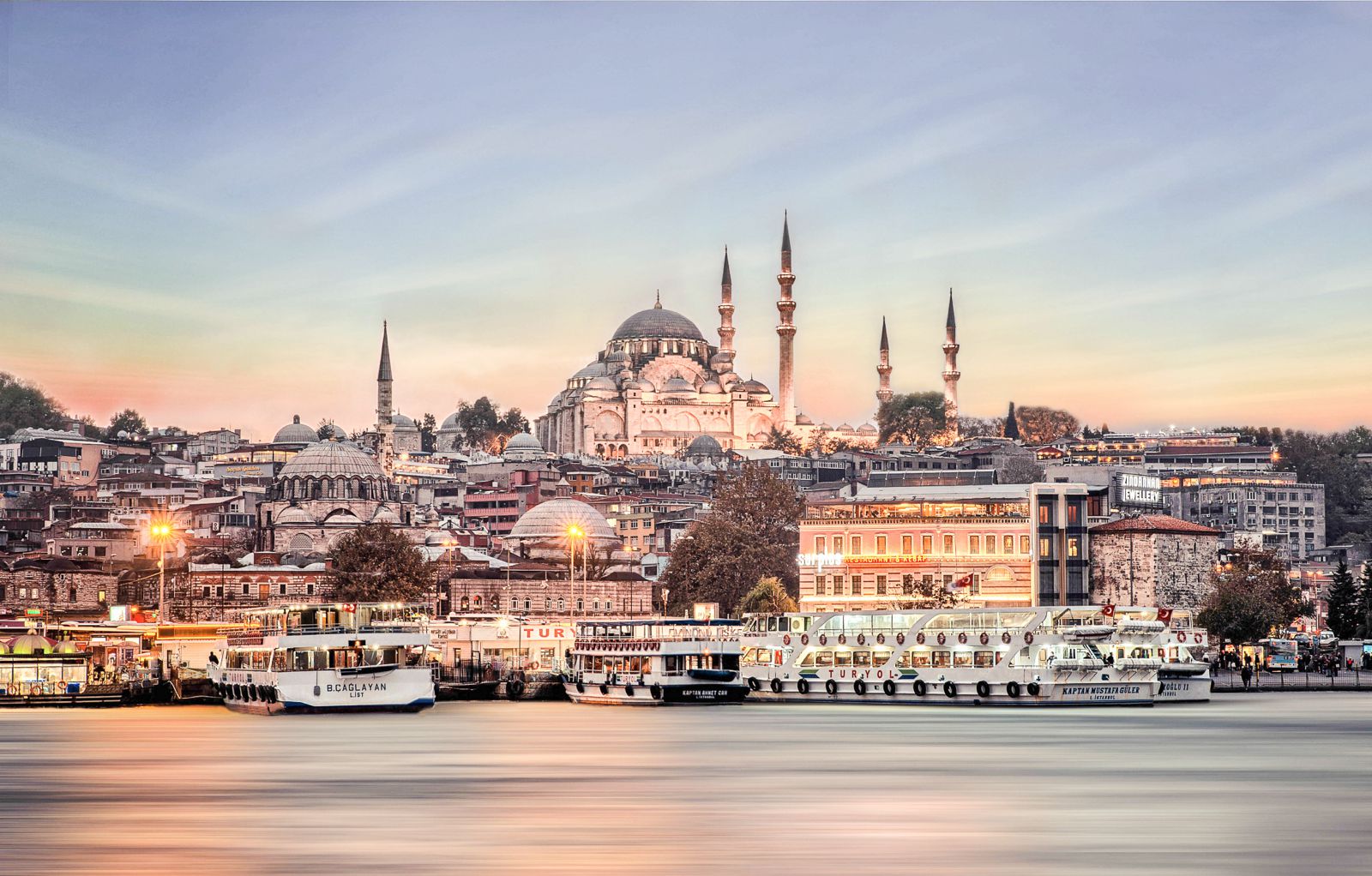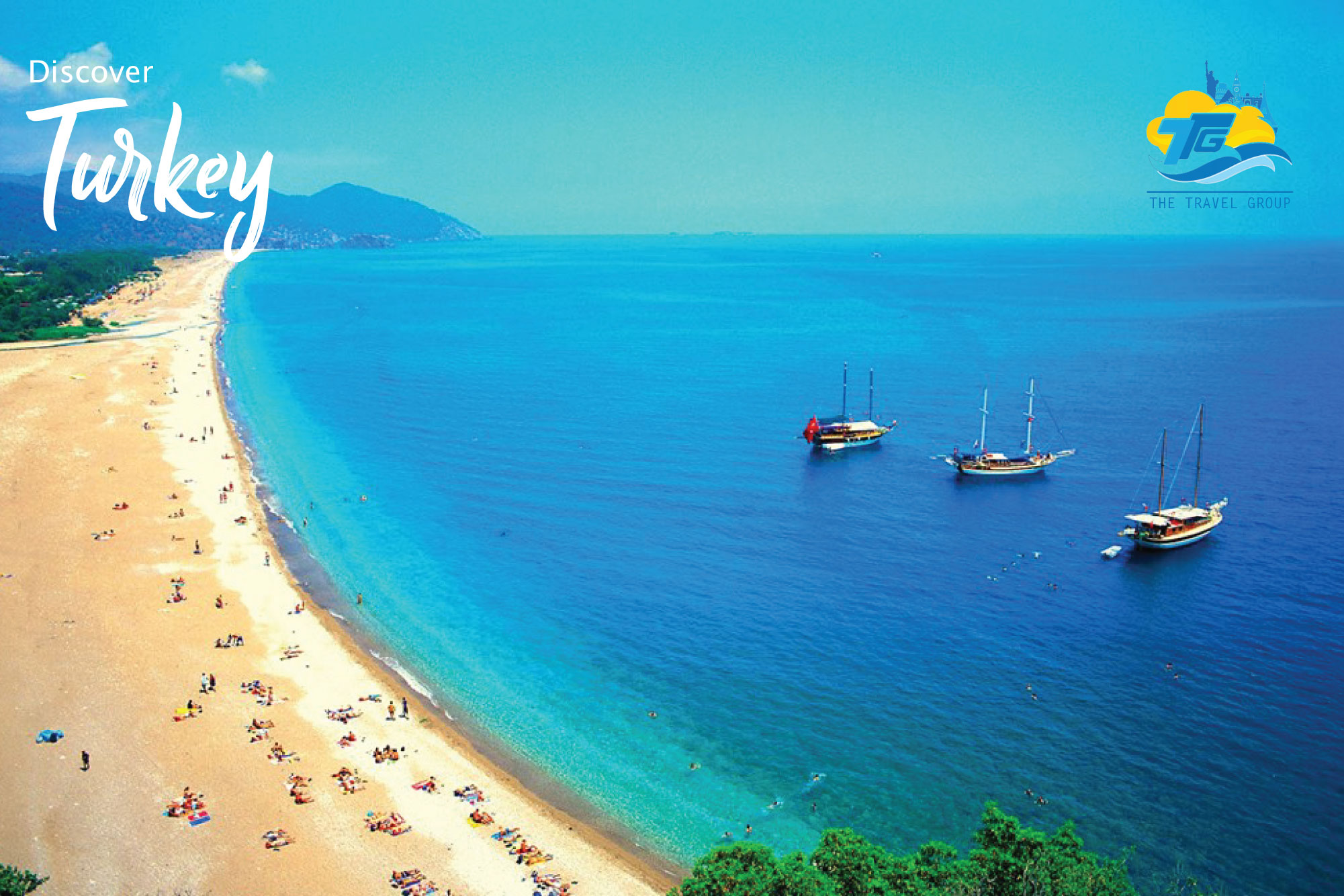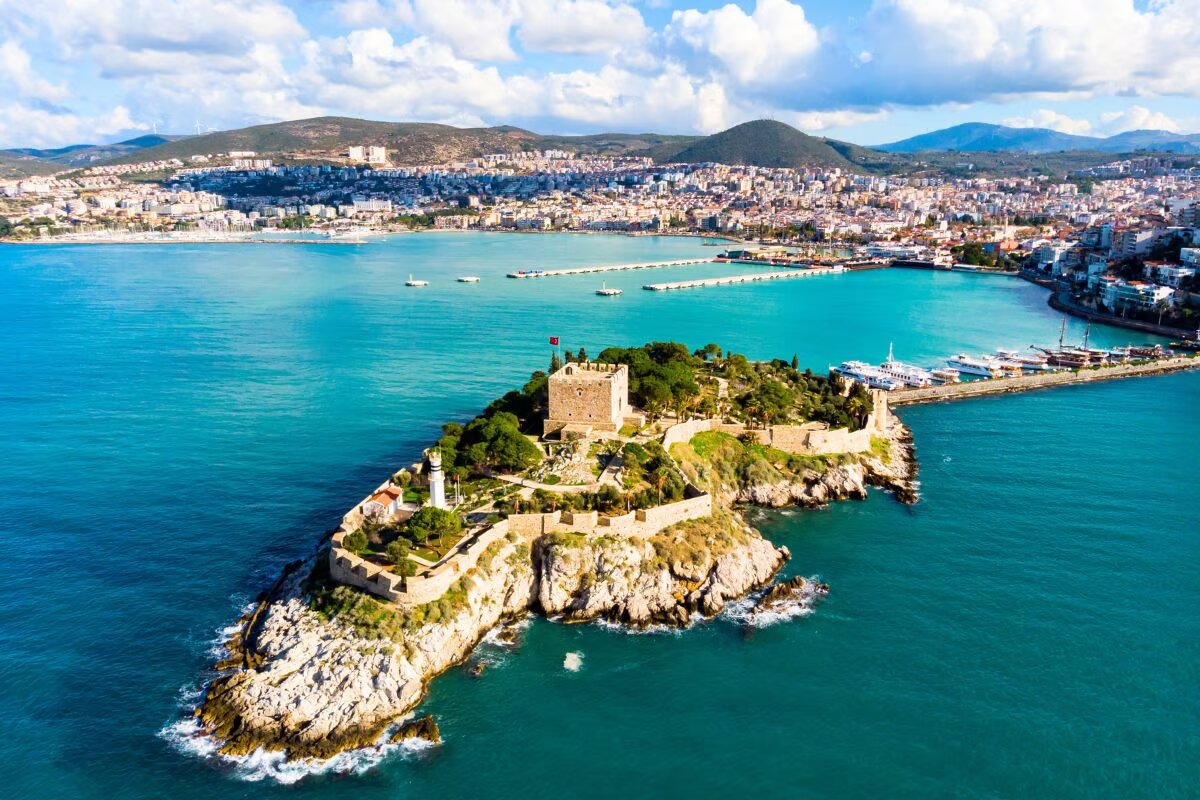
Kusadasi Turkey
Discover KusadasiNestled along Turkey's stunning Aegean coast, Kuşadası is a vibrant destination that blends rich history with breathtaking natural beauty. Explore the ancient ruins of Ephesus, where history comes alive, or relax on pristine beaches lapped by crystal-clear waters. Stroll through the charming streets lined with shops and cafes, savoring delicious local cuisine. The lively marina offers an array of activities, from boat tours to vibrant nightlife. With its warm climate and welcoming

